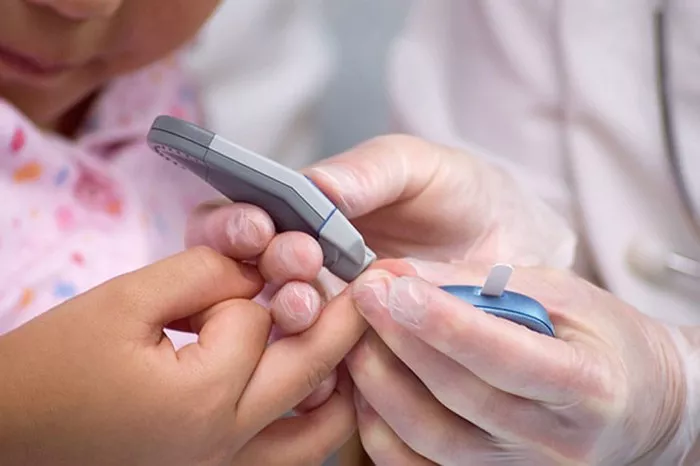As Kenya faces an escalating diabetes epidemic, could traditional medicine offer a solution? The rising number of diabetes cases, which has surged from 872,000 to 2.1 million in just a decade, underscores the urgent need for affordable treatment options. While modern medicine is often out of reach for many, particularly in low-income communities, research into herbal remedies is gaining attention as a potential alternative.
Paul Kiplangat, a former public health officer diagnosed with Type 2 diabetes, experienced significant relief after turning to traditional herbal treatments. Frustrated by the side effects of conventional drugs, including frequent headaches and burning sensations, Kiplangat shifted to herbal medicine. After three months, his blood sugar levels normalized, and his symptoms disappeared. His story is just one example of how traditional remedies are gaining traction among those seeking affordable and effective treatments in Kenya.
The Kenya Medical Research Institute (KEMRI) has long explored the potential of traditional medicine, particularly in treating chronic conditions like diabetes. For over 40 years, KEMRI has studied plant-based solutions, and in recent years, its focus has shifted to uncovering novel compounds that could help manage and treat diabetes. In a country where the cost of diabetes care is a significant barrier—an insulin vial costs around 4,300 shillings (about $33), with many patients needing multiple vials monthly—traditional treatments could offer a more affordable option.
Researchers, including Esther Matu-Macharia, have delved into aloe as a potential natural remedy for diabetes. Aloe has long been used in Kenya for its blood-glucose-lowering properties, and KEMRI’s studies on two indigenous aloe species have yielded promising results. Their research found that aloe extracts reduced blood sugar levels in diabetic mice while also protecting pancreatic cells from damage. These findings could pave the way for more affordable, locally sourced treatments for those struggling with diabetes in Kenya.
Despite these promising results, there are challenges. The lack of a formal policy framework for integrating traditional medicine into the national healthcare system remains a significant hurdle. In Kenya, where conventional doctors are trained exclusively in Western medicine, there is no legal framework that allows them to prescribe traditional remedies. This gap in policy and the lack of regulatory approval for many herbal products has left traditional medicine practitioners like Munyiri Kahiu—who has successfully treated patients using herbal remedies—facing obstacles in expanding their reach.
KEMRI’s collaboration with traditional healers has encountered hurdles, including concerns that researchers might commercialize the remedies, thereby exploiting the healers’ knowledge. To address these fears, KEMRI has worked to ensure that the intellectual property of traditional healers is protected. However, without a clear regulatory framework, even the most promising remedies struggle to scale up and become a part of the formal healthcare system.
As the country’s diabetes crisis grows, some entrepreneurs have managed to commercialize their herbal treatments. Moses Muthomi, an herbalist, has developed several products aimed at managing diabetes. His remedies have successfully treated around 100 people, including his daughter, who was able to stop using insulin after undergoing his treatment. Yet, the challenge of gaining formal recognition and approval from regulatory bodies remains.
Despite these challenges, there is hope that Kenya will soon develop a framework for integrating traditional medicine into the national healthcare policy. The World Health Organization (WHO) has been working to standardize and expand the evidence base for traditional medicine globally, which may help pave the way for more widespread use in Kenya and other African countries.
The need for affordable, accessible diabetes care in Kenya is urgent. With nearly 9 million Kenyans living in extreme poverty, traditional medicine offers a potential lifeline. For individuals like Kiplangat, whose experience with conventional medicine was unsatisfactory, traditional remedies could become an essential part of managing diabetes in the country. However, the success of these remedies hinges on the development of clear policies and regulatory frameworks that allow traditional medicine to be integrated into the broader healthcare system.
As Kenya continues to grapple with the diabetes crisis, the hope is that the lessons learned from this integration of traditional knowledge will serve as a model for other low-income countries facing similar health challenges.
Related topics:
FDA Warns of Missed Alerts on Smartphone-Linked Diabetes Devices


























